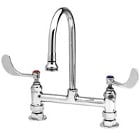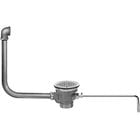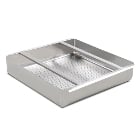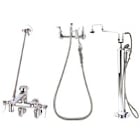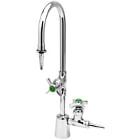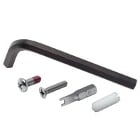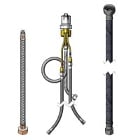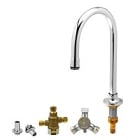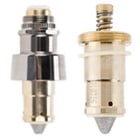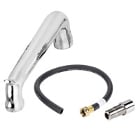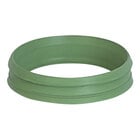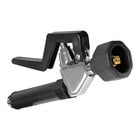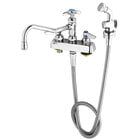Login or enter your email to be instantly sent the price!
Login or enter your email to be instantly sent the price!
Login or enter your email to be instantly sent the price!
Login or enter your email to be instantly sent the price!
Login or enter your email to be instantly sent the price!
Login or enter your email to be instantly sent the price!
Login or enter your email to be instantly sent the price!
Login or enter your email to be instantly sent the price!
Login or enter your email to be instantly sent the price!
Login or enter your email to be instantly sent the price!
Login or enter your email to be instantly sent the price!
Login or enter your email to be instantly sent the price!
Login or enter your email to be instantly sent the price!
Login or enter your email to be instantly sent the price!
Login or enter your email to be instantly sent the price!
Login or enter your email to be instantly sent the price!
Login or enter your email to be instantly sent the price!
Login or enter your email to be instantly sent the price!
Login or enter your email to be instantly sent the price!
Login or enter your email to be instantly sent the price!
Login or enter your email to be instantly sent the price!
Login or enter your email to be instantly sent the price!
Login or enter your email to be instantly sent the price!
Login or enter your email to be instantly sent the price!
Login or enter your email to be instantly sent the price!
Login or enter your email to be instantly sent the price!
Login or enter your email to be instantly sent the price!
Login or enter your email to be instantly sent the price!
Login or enter your email to be instantly sent the price!
Login or enter your email to be instantly sent the price!
Login or enter your email to be instantly sent the price!
Login or enter your email to be instantly sent the price!
Login or enter your email to be instantly sent the price!
Login or enter your email to be instantly sent the price!
Login or enter your email to be instantly sent the price!
Login or enter your email to be instantly sent the price!
